IDEAS arose from the belief that all students—particularly those who learn differently—can benefit from engaging in hands-on, interest-based informal engineering programs. Drawing on that belief, our collaborative team developed and tested the maker program materials available here. We encourage educators and young people to try them out, and to modify them based on their own unique needs, contexts, and interests.












